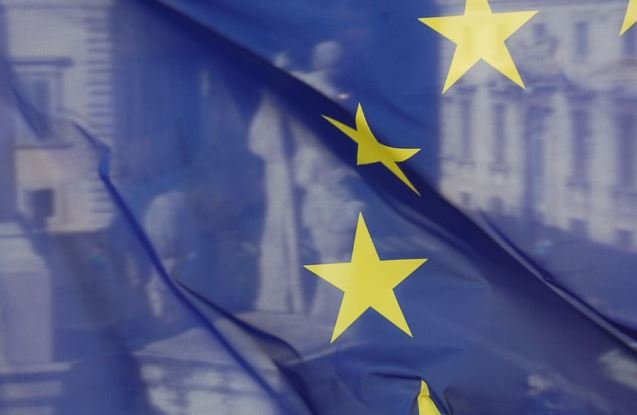
15-10-2022
The ETIAS visa waiver for Europe proposes to improve border control and migration management in Europe by establishing the ETIAS travel authorisation system, which will collect and review information on visitors to Europe.
Non-EU citizens who do not now require a visa to enter the EU will be required to get the ETIAS visa waiver.
WHAT IS THE ETIAS PROCESS?
How can you obtain an ETIAS visa waiver? When the ETIAS procedure is completely operational, passengers intending to enter the Schengen region will just need to fill out an online application with their personal information, upload a copy of their travel document, and answer some security questions.
After submitting their completed ETIAS application form and paying the money, the applicant will get their approved ETIAS travel authorization via email, which will be valid for three years or until the applicant’s passport or related travel document expires, whichever comes first.
WHO’S BEHIND ETIAS?
To better comprehend the ETIAS project, it is helpful to understand the important participants in the ETIAS hierarchy, such as those who administer the online system, the entities responsible for processing ETIAS applications, the organisations contacted regarding security checks, and so on.
This system, known as ETIAS for Europe, will be concerned with the security of the Schengen zone and will collect information about visitors; hence, the ETIAS structure will be composed of multiple regulatory bodies.
ETIAS will be controlled by a number of entities, including the following:
- ETIAS Central Unit – This is the headquarters of ETIAS which will store data recorded in applications and maintain up-to-date information about travelers. They will also be responsible for evaluating the ETIAS screening rules and requirements.
- ETIAS National Units – There will be an ETIAS national unit for each member state in order to process the applications that are referred to them through the automatic system to grant or refuse the ETIAS EU visa waiver.
- Europol – This institution will control the ETIAS watchlist which will be consulted for every application.
- eu-LISA – This is the entity that manages the ETIAS Information System.
- ETIAS Screening Board – Made up of representatives from Europol and each ETIAS National Unit, the role of the Screening Board will be to evaluate risk indicators for the ETIAS screening rules and impose the ETIAS watchlist.
- European Border and Coast Guard Agency – Work alongside the ETIAS Central Unit to ensure the practises and ETIAS restrictions are implemented as required.
ETIAS SECURITY CHECK
When applying for an ETIAS EU visa waiver, each traveler’s information will be submitted to a security check that will include the following European security databases:
- SLTD: Interpol Stolen and Lost Travel Documents
- Europol
- SIS: Schengen Information System
- VIS: Visa Information System
- Eurodac
- ECRIS: European Criminal Records Information System
- EES: Entry/Exit System
- TDAWN: Interpol Travel Documents Associated with Notices
In addition to the two ETIAS security databases: ETIAS Screening Rules and ETIAS Watchlist.
With a hit on any of these databases, the ETIAS application may be denied, and the judging institution is not required to provide a reason when contacting the applicant. The tourist may, however, challenge the ETIAS refusal.
With this ETIAS framework, Schengen zone member states will be able to expand their databases and provide a better structured system for passengers throughout Europe, as well as a speedier entry procedure.
